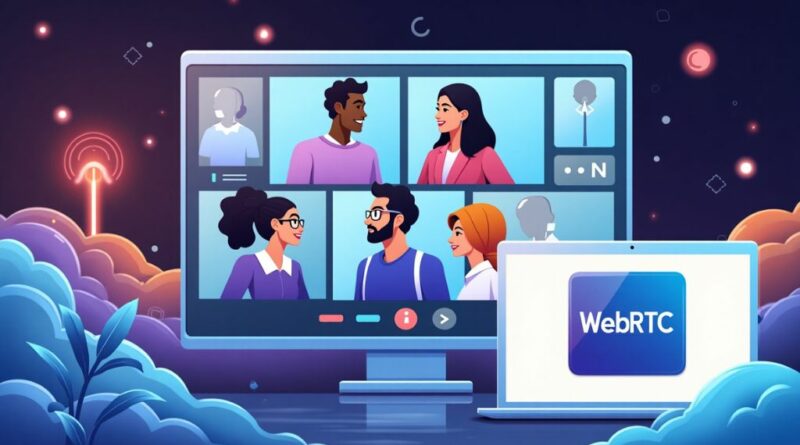WebRTC SIP Client: The Future of Business Communication
In today’s workplace, communication tools are expected to be fast, secure, and flexible. That’s where the WebRTC SIP client comes in. This hybrid technology bridges the best of two worlds: the browser-based power of WebRTC and the industry-standard reliability of SIP (Session Initiation Protocol). Together, they’re transforming how businesses handle voice and video calls.
What Is a WebRTC SIP Client?
A WebRTC SIP client is essentially a web-based softphone that lets users make and receive SIP calls directly in their browser. Unlike traditional VoIP clients that require installations or apps, WebRTC SIP clients are accessible instantly from a laptop, desktop, or even a mobile browser.
By combining WebRTC with SIP:
- WebRTC enables real-time audio, video, and data in the browser without plugins.
- SIP ensures compatibility with existing VoIP systems, PBXs, and carriers.
This means businesses can unify legacy VoIP infrastructure with modern browser-based communications.
Benefits of Using a WebRTC SIP Client
- No Installations Needed
Users simply open a web page to start calling. This makes it perfect for remote teams, call centres, or customer support agents. - Cross-Device Flexibility
Whether on a laptop at the office or a mobile browser on the go, WebRTC SIP clients provide consistent quality. - Secure Communications
WebRTC comes with built-in encryption (SRTP/DTLS), ensuring calls remain private. - Seamless Integration with VoIP
Because it’s SIP-compatible, a WebRTC SIP client can connect to Asterisk, FreePBX, or even hosted VoIP services without friction. - Cost-Efficient Scaling
Instead of purchasing desk phones or licensing native apps for every user, companies can deploy a browser-based client across thousands of employees at minimal cost.
Common Use Cases
- Call Centres: Replace physical phones with web-based SIP phones integrated into CRM dashboards.
- Remote Workforces: Employees log in from anywhere without IT needing to configure devices.
- Customer Portals: Businesses can add a click-to-call button directly on their websites, powered by SIP and WebRTC.
- Training & Compliance: Calls can be recorded centrally using SIP trunks while agents use lightweight browser clients.
The Future of WebRTC and SIP
The growth of WebRTC to SIP solutions reflects a shift towards browser-first communications. As more businesses adopt cloud PBX systems and unified communications platforms, the WebRTC SIP client will likely become the default softphone of choice.
Forward-looking companies that embrace this technology will benefit from agility, cost savings, and seamless customer experiences.
✅ For more articles like this one, explore the Softpage blog.



